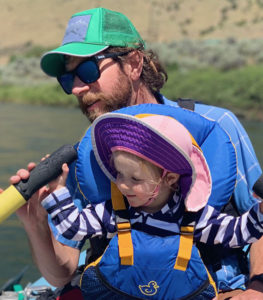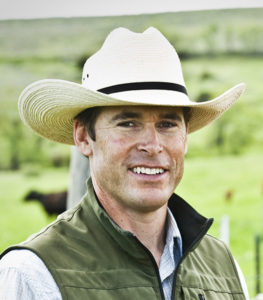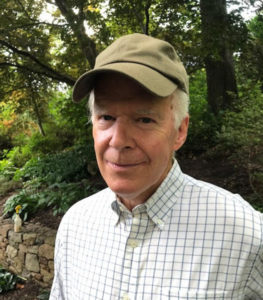For years, regenerative ranchers Meagan and Pete Lannan, of Barney Creek Livestock, have been mixing seed into their cattle’s mineral tubs, and allowing their livestock to broadcast native plant seed through their dung. One day, when looking at one of her pastures, Meagan thought to herself–
“Is there a way we can work in sync with bees, and seed more plants that are beneficial for them, while also selecting plant types that are high in protein and good for our cows?”
After meeting with some colleagues to discuss the viability of the idea, it was clear that what’s good for the bee is good for the bovine and that producers can work to do good by both! Cows and bees can indeed live in harmony, and in fact, they need one another for specific purposes. The hoof action, manure pats, and grazing pressure of better-managed grazing animals result in greater plant diversity which provides food and habitat for pollinators. At the same time, those pollinators provide critical functions for plant reproduction, which provides a greater volume of high-quality feed for the grazers.
Meagan got to work and applied for a Western SARE Producer Grant and recruited four other ranches in the area to put her idea to the test! Through Women in Ranching, she came across Sarah, from Bee Girl Organization, to help her do the monitoring, and “BUZZ ON THE RANGE” was born!
Last year, Sarah spent time trapping and monitoring bee species across the five ranches (Barney Creek Livestock, Keewaydin Ranch, Milkmaid Meats, Mountain Sky-West Creek, and Anderson Ranch), and already there have been some interesting observations. Sarah will come back with the science.
The Number of bees was highest near Yellowstone NP and decreased with distance. With large populations of ungulates near the park, in addition to ranchers’ herds, there are more “hooves on the ground” to press seeds into the soil, remove decadent plant material, spread nutrient-rich urine and manure, and reduce invasive species. There is also more intact, thriving habitat; less exposure to spraying pesticides and herbicides; and generally, more native plant species! Notably, in Tom Miner Basin, near the outskirts of the park, an extremely rare bee was discovered near where bears dig up caraway seed.
Biodiversity begets even more biodiversity, and we are all excited to see how by working with nature and promoting biodiversity, we can collectively show how cows (and ranchers) can not only coexist with bees but help them flourish! The grant runs for 3 years, and WSE is excited to step in as the fiscal sponsor this year. We are excited to continue focusing on bringing native plants back, keeping hooves on the ground, seeing how bee populations increase, and how we can help develop rancher support through this experience!
Today, in honor of #WorldBeeDay and #NoMowMay, we honor our bees and the wealth of benefits they bring to us all!
























